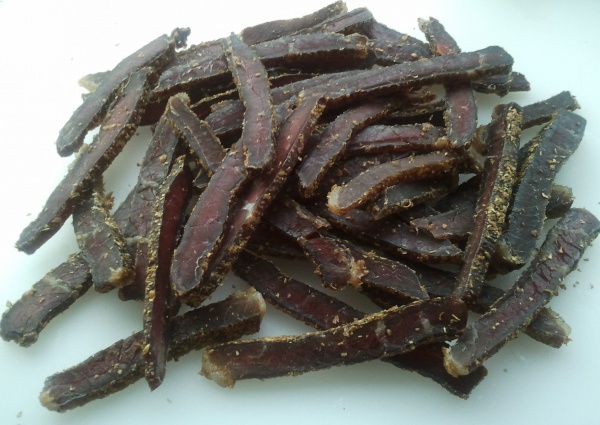Facts About Biltong
Biltong is a delectable type of dried and cured meat originating from Southern Africa. Traditionally, it is made from a variety of meats, including beef and game meats such as ostrich and kudu. You can even find versions made from chicken, fish, and other wild game like springbok. The meat is typically cut into strips and seasoned with a blend of black pepper, coriander, salt, and vinegar. The process involves marinating the meat in these ingredients before hanging it up to dry.
The name "biltong" derives from the Dutch words "bil" (meaning buttock) and "tong" (meaning strip or tongue). This method of meat preservation dates back to the early European settlers in Southern Africa, who used vinegar and spices to preserve their meat. Unlike beef jerky, biltong has a distinctive taste and preparation method, leveraging the antimicrobial properties of spices like coriander to inhibit bacterial growth.
In Southern Africa, biltong is a beloved snack available in butcheries, grocery stores, and specialty shops. It’s typically sold in strips or sliced into chips. While many enjoy biltong as a snack, it also makes a great addition to stews, sandwiches, and even serves as a teething aid for babies. Moreover, it is a powerhouse of protein, with some varieties boasting up to 67% protein content.
Biltong's popularity has spread beyond Africa, particularly to countries with South African communities such as Canada, the United Kingdom, Australia, New Zealand, Ireland, the United States, and India. Import regulations in some countries have led to local production of biltong, ensuring that enthusiasts can still enjoy it. In the United States, for example, biltong is gaining traction, especially among South African immigrants who are introducing this savory treat to a new audience.

 Namibia
Namibia